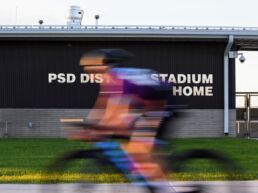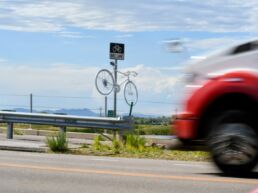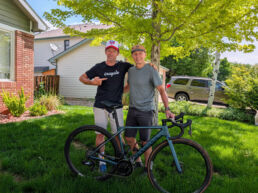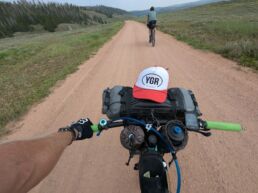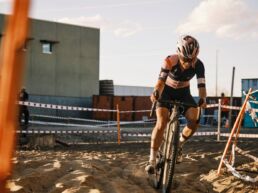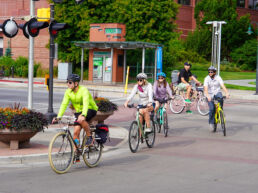
by Ainslie MacEachran
The Tour de France is one of the most arduous sporting events there is. The riders spend anywhere from 3 to 7 hours on the bike daily for 21 days and the route takes in every variety of terrain. How do the riders fuel for an event like this? Let’s take a quick look at the demands of the event and discuss some strategies for fueling.
In basic numbers the riders will burn up to 1000 calories per hour. Some riders will do more or less depending on their job. For instance a team leader who sits in the draft for a large part of the race may burn fewer calories while a domestique who is pulling, going back to the car for bottles or sheltering the team leader may burn more.
To keep our numbers simple we’ll assume that over 5 hours that brings us in at 5000 calories lost. The riders have to try to replace these calories to continue to function.
To put that in perspective there are 340 calories in a Black Cherry Almond Clif bar. To get back our 1000 calories hourly that equals out to roughly 3 Clif bars. Realistically the body can only digest roughly approximately 350 calories per hour. According to Board Certified Sport Dietitian Dina Griffin “In general, 300-400 calories per hour can be digested (with adequate hydration), but this will also depend on the type of stage (difficulty and length of climbs, for example) and what the composition of the calories are (simple sugars vs. mixed solid foods).”
After a certain period continuing to try to digest solid foods also becomes more difficult and that’s why you see riders start using carbohydrate gels or liquids. As you get later into the event we also see gastric emptying start to slow down also. These gels/liquids are what I consider “engineered foods” where some of the digestion has been done for you. That is, they are easier to digest and get absorbed into the blood stream more easily/rapidly.
Really it’s a law of diminishing returns and what we’re dealing with is who deteriorates the slowest and who has the best strategy for eating/drinking.
Here’s a strategy I’ve used with athletes that do longer events.
– Start line: try and get down at least one solid bar (Clif, Power Bar, etc)
– First 2 hours: get through a minimum of 1.5 bottles of water and another solid bar.
– Hour 3: 1/2 of a solid bar and start moving to liquid carbohydrate solution.
– Hour 4: Start on gels every 25 to 40min.
– Hours beyond 4: continue on gels and/or liquid carbs.
(Once you start on gels you have to continue on gels. They create a sharp rise in blood sugar and the risk is if you discontinue their use you will experience a blood sugar “crash” that will lead to a “bonk.”)
Many of the Tour level teams have a nutritionist or Sport Dietician on staff to help the riders with an intelligent and strategic approach to their on the bike nutrition and hydration.
This can be scaled for you and me too. Even at the level that we race at in Colorado a smart approach to your sports nutrition will allow you to race faster and longer.
Ainslie MacEachran is a professional cycling coach and AAAI/ISMA Sports Nutrition Consultant. If you’re interested in finding out more about your sports nutrition approach you can contact him at:
http://www.geminitrainingsystems.com/
https://twitter.com/GTSCyclingCoach
https://www.facebook.com/ace1.man
